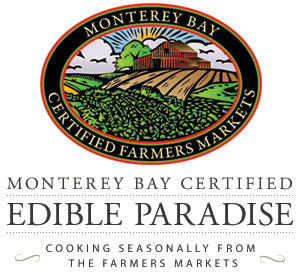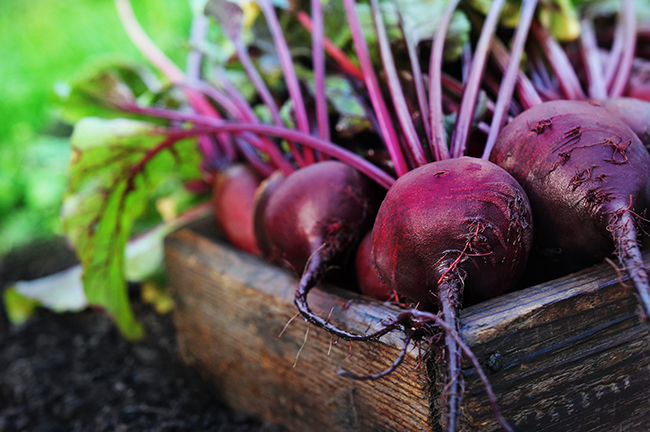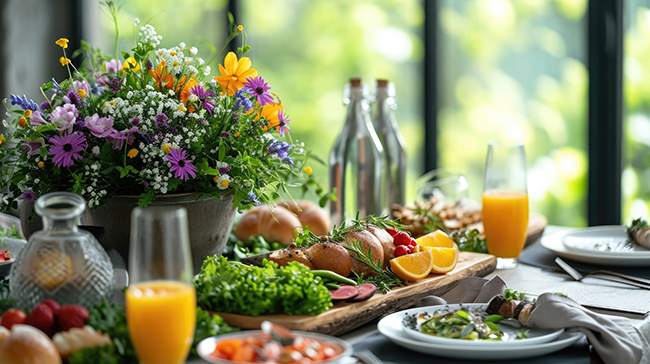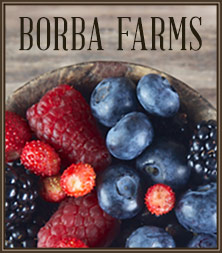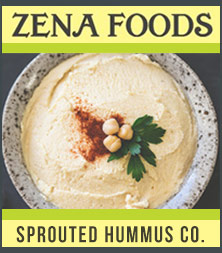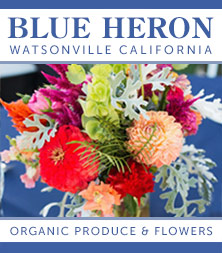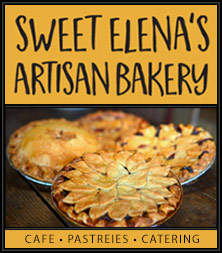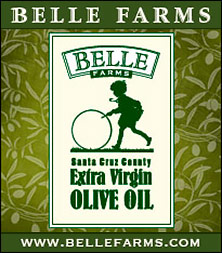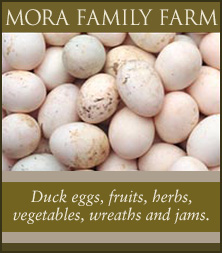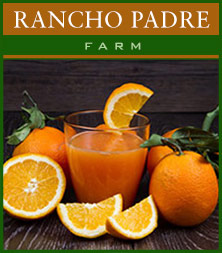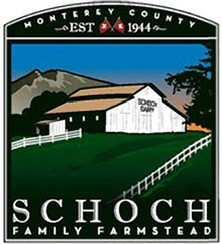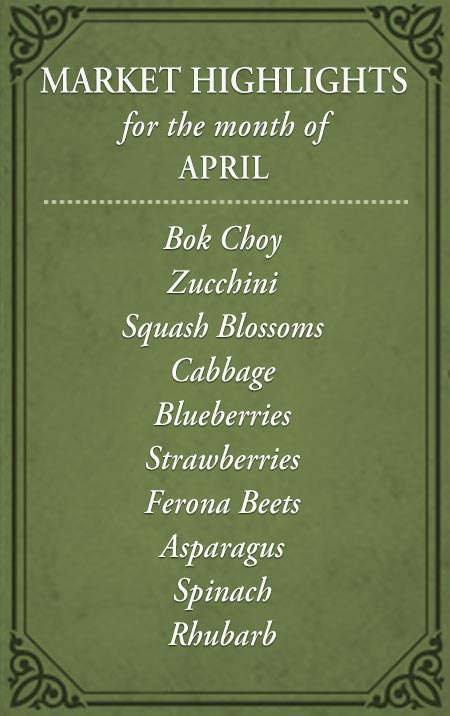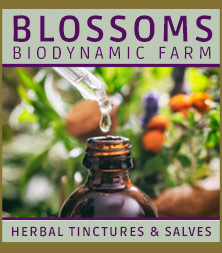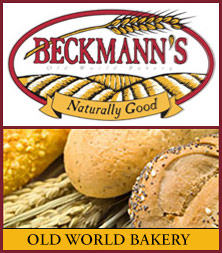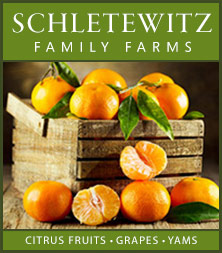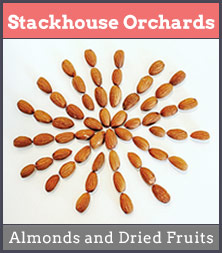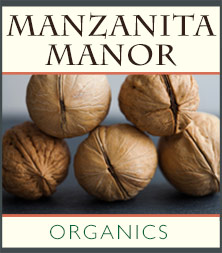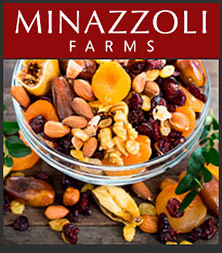Farro is an ancient, unhybridized form of wheat that is also known as emmer wheat. It has recently become popular, as has spelt. Although some recipes say they are the same grain, they are not. Spelt (Triticum aestivum spelta) is a grain that takes longer to cook, and can use a soaking before cooking, where farro (Triticum dicoccum) cooks quicker. Farro is also sweeter tasting that spelt. Farro comes “perlato” and “semi-perlato.” Look for perlato, which is polished to remove some of the bran for quicker cooking. Semi-perlato can be used but will take longer to cook.
Farro has a pleasant chewiness and cooks up sweeter than many grains, and goes well with other ingredients. It also keeps well in the refrigerator without losing texture and flavor as some grains do, making it an ideal ingredient to utilize leftovers for salads or breakfast dishes. The grains can easily be re-heated as a side for dinner, or cooked with eggs for breakfast or used as a hot cereal. Served with lentils or beans, farro makes a complete protein if you want to go meatless.
INGREDIENTS:
1 cup farro
1-2 tablespoons olive oil, or butter
1/2 medium onion, peeled and diced fine (vegetables should be diced the same size as the grains of farro.)
1 medium carrot, peeled and diced fine
3 medium button mushrooms, diced fine
3 sprigs of fresh thyme leaves, minced (or whatever herbs you wish)
2 cloves garlic, peeled, de-germed, and minced
1/2 cup white wine – optional
3 cups vegetable or chicken stock, or water
Salt and pepper to taste
METHOD:
Heat the 3 cups stock or water almost to the boil, and reserve.
Heat a 1½ quart chef’s or sauté pan over medium-high heat.
When the pan is hot, add the oil. As soon as it is hot, add the onions, tossing to coat with the oil. Cook onions until they are soft and translucent.
Add the carrots and cook until they start to soften. Be sure not to burn the onions.
Add the mushrooms to the pan, and add oil if the pan is dry. Stir the mushrooms to coat with oil and mix with the other vegetables. Add the herbs to the pan and stir to combine with the rest of the ingredients.
Once the mushrooms begin to soften and color, add the garlic and stir in. As soon as it becomes fragrant, add the wine if you are using. Cook, stirring, until the wine is almost gone.
Add in the farro to the pan, and stir well to coat the grains with the oil. Cook, stirring, until the farro becomes aromatic and starts to color-about a minute or two. Season the dish with pepper. (Do not add the salt yet.)
Add the hot stock or water to the pan and stir to prevent grains sticking to the pan bottom. Bring the contents to the boil. Once the dish boils, reduce the heat to a gentle simmer, and cover partially with a lid.
Cook for 25 minutes, stirring a couple times while the dish cooks, and checking to see that the liquid has not cooked away. If it seems needed, add more liquid to the pan.
After 25 minutes, check to see if the farro is done. It should be cooked through, a little chewy but tender. If it is done, check to see if there is liquid still in the bottom of the pan. If so, just remove the lid and cook with the top off, stirring to expose the pan bottom to check progress. As soon as the liquid is gone, remove pan from the heat and leave covered 5 minutes to steam. At this point, season with salt to taste. Salting the grains earlier can lead to a dish of tough grains. If the farro is not cooked through, add a little liquid if need be and cook 5 minutes more before testing. Cook until done and proceed as above.
Farro is ready to serve as soon as it has finished steaming.
YIELD: Serves 4
CHEF NOTES:
You could cook the farro earlier, and then at dinnertime, heat a sauté pan and add a little oil to it when hot. Add the farro and sauté to heat through and crisp a little, adding a little different flavor and texture to it.
VARIATIONS:
- Add diced fennel to the dish, or other types of mushrooms.
- Sautéed Italian sausage would add a heartier dimension to the grains, and adding more vegetables could give you a one-pot meal.
- Adding shredded blanched lemon peel and using a little lemon juice makes a nice lighter tasting dish that is good for summer salads.
- Farro is good re-heated with vegetables mixed in and then scrambled with eggs for a healthy breakfast.
SOURCE: Chef Andrew E Cohen
